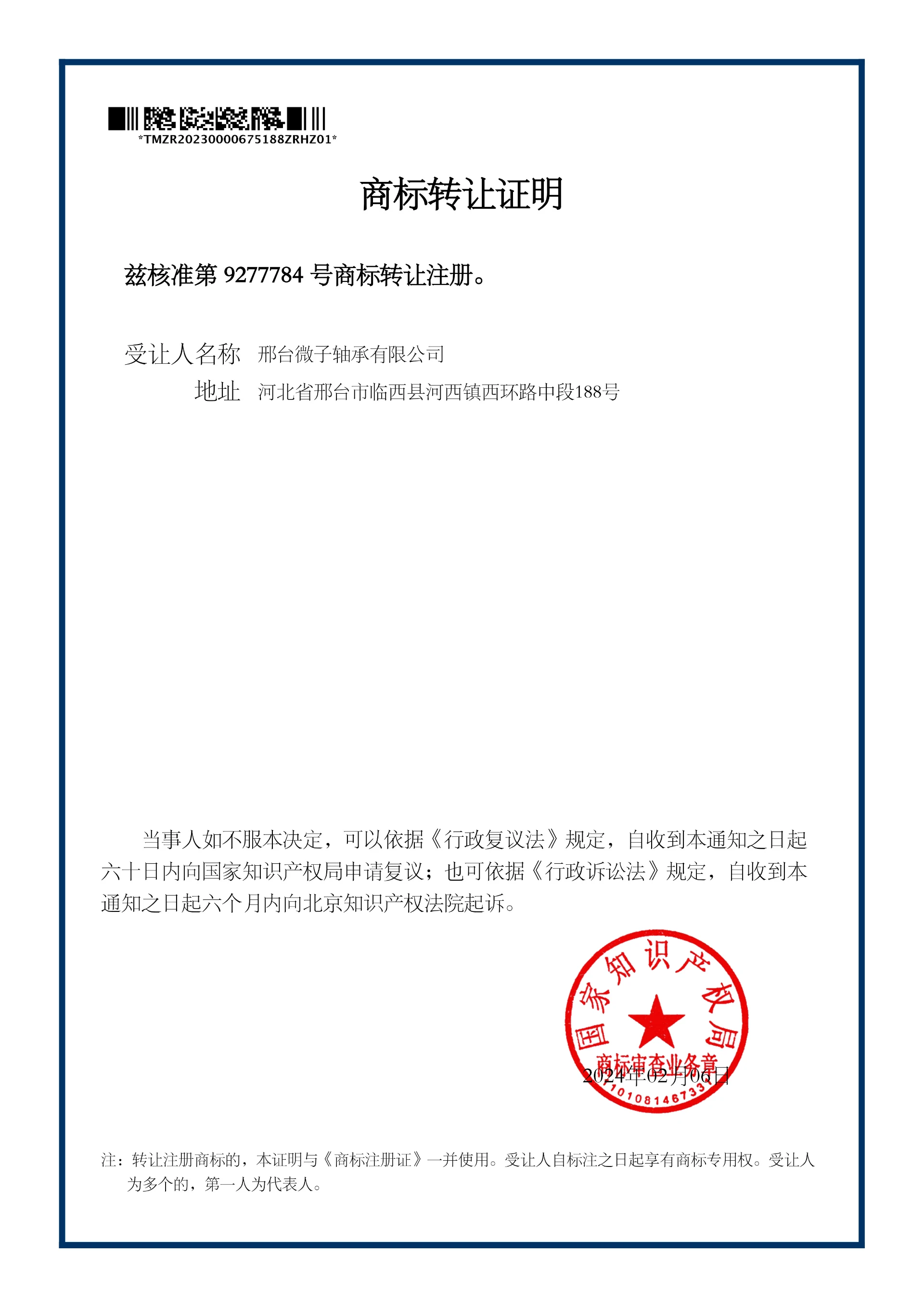
Dec . 16, 2024 07:27 Back to list
cylindrical roller bearing uses
Cylindrical Roller Bearing Uses
Cylindrical roller bearings are widely employed in various mechanical and engineering applications due to their unique characteristics and benefits. These bearings are designed to handle heavy radial loads and can accommodate some axial loads in either direction. Understanding their uses can help industries select the right bearing type for efficient operation.
Characteristics of Cylindrical Roller Bearings
Cylindrical roller bearings consist of inner and outer rings with cylindrical rollers positioned between them. This design offers a larger contact area compared to traditional ball bearings, allowing them to carry heavy loads and withstand high speeds. The cylindrical shape of the rollers helps reduce friction during motion, which contributes to the overall efficiency and durability of machinery.
Applications in Different Industries
1. Automotive Industry In the automotive sector, cylindrical roller bearings are essential components in various systems such as transmission assemblies, axle shafts, and engine components. Their ability to handle high radial loads makes them suitable for applications where durability and precision are critical. For instance, the transmission systems benefit significantly from these bearings as they support gears and shafts that must operate under heavy stress.
2. Industrial Machinery
Cylindrical roller bearings are integral to various types of industrial machinery. From conveyor systems to manufacturing equipment, their stability and load-carrying capacity enhance performance and longevity. They support rotating shafts in motors, pumps, and compressors, where they are subjected to consistent and substantial radial loads. Their presence helps reduce friction and wear, thereby minimizing downtime and maintenance costs.
cylindrical roller bearing uses

In the aerospace industry, reliability is paramount. Cylindrical roller bearings are employed in critical applications such as landing gear systems and turbine engines. They provide the necessary strength and reliability required to withstand the extreme conditions encountered during flight. Their lightweight design and ability to operate efficiently at high speeds make them an ideal choice for these applications.
4. Railway Systems
The railway industry relies heavily on cylindrical roller bearings to support train axles and wheelsets. These bearings facilitate smooth operation by allowing for the efficient transfer of heavy loads across long distances. They are designed to endure the challenges posed by high speeds and dynamic loads, ensuring safety and reliability in rail transport.
5. Construction Equipment
Heavy machinery used in construction, such as excavators, cranes, and loaders, often incorporates cylindrical roller bearings in their design. These bearings can handle the immense forces and loads encountered in tough operating conditions. They play a critical role in enabling smooth movement of equipment, improving productivity on construction sites.
Advantages of Using Cylindrical Roller Bearings
The advantages of employing cylindrical roller bearings extend beyond their load-bearing capabilities. They offer reduced friction, resulting in enhanced energy efficiency. Additionally, their design allows for easy installation and replacement, minimizing downtime for maintenance. The bearings are also available in various configurations, such as single-row, double-row, and multi-row designs, which caters to specific application needs.
Conclusion
Cylindrical roller bearings are a foundational component in various industries due to their remarkable performance characteristics, versatility, and reliability. From the automotive sector to aerospace applications, their utility is evident across numerous fields. By effectively distributing loads and reducing friction, these bearings contribute significantly to the efficiency and longevity of mechanical systems. As technology continues to evolve, the role of cylindrical roller bearings will likely expand, paving the way for innovations in bearing design and material science that will further enhance their performance and applications. For engineers and designers, selecting the appropriate cylindrical roller bearing is crucial for optimizing machinery operation and ensuring safety and reliability across all applications.
Latest news
-
Premium Deep Groove Ball Bearings | High Speed & Reliability
NewsAug.29,2025
-
Durable Scaffolding Clamps - Secure & Reliable Tube Connectors
NewsAug.28,2025
-
Common Failures in Thrust Ball Bearings and Solutions
NewsAug.22,2025
-
How Tapered Roller Bearings Can Take Shock Loads
NewsAug.22,2025
-
Angular Bearings in High-Precision Spindles
NewsAug.22,2025
-
The Impact of Misalignment on Cylindrical Roller Bearing Performance
NewsAug.22,2025
